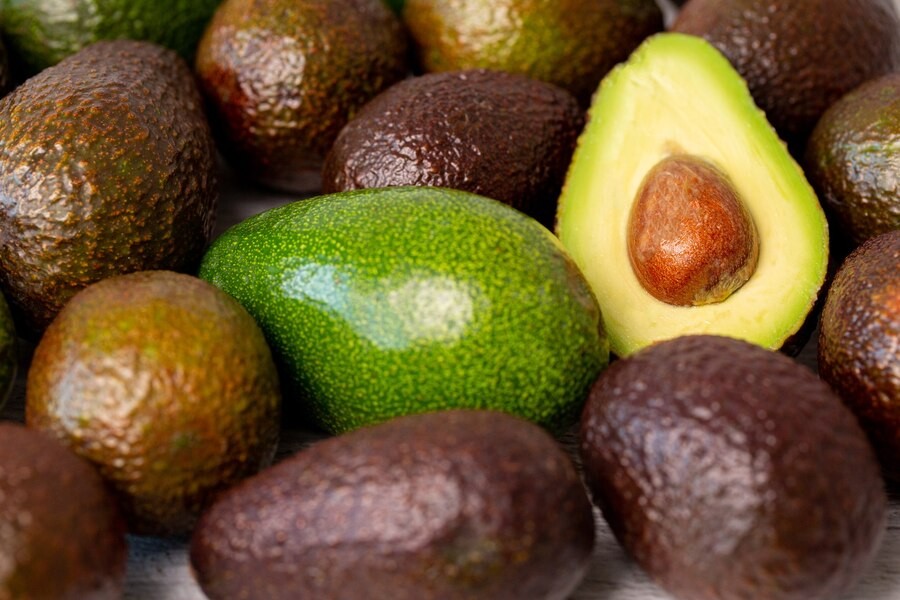Nowadays, plastic packaging is commonly found around us. Many of the food containers and drinking bottles that we use daily are made of plastic. The use of plastic does ease our daily activities, but plastic also triggers the accumulation of microplastic waste, which is harmful to our health.
What Is Microplastic?
Most of the plastic produced in the world is used in food and beverage packaging. During its use, the plastic then breaks down into small fragments called microplastics. Microplastics are small plastic particles with diameters ranging from 1 micron to 5 millimeters. Microplastics can be found everywhere, from plastic packaging products to skincare products, such as facial scrubs.
Microplastics made from natural processes can continue to break down to the size of dust. These particles are present in soil, water, air, and even food. This means that we are likely to breathe in or eat microplastics every day.
Different people can be exposed to microplastics in different ways, depending on their lifestyle choices. Some ways microplastics are transmitted include:
- Physically
You can accidentally ingest microplastics from the food that you eat. Slightly larger plastics may pass out of the body through feces, but in some instances, they can be absorbed or remain in the stomach. Plastic can also be a breeding ground for microorganisms, so ingesting microplastics that contain many microorganisms could be harmful to your health.
- Chemically
Microplastics from cosmetics or other body care products could also get absorbed into the body.
Read more: Hazardous Microplastics That May Be In Our Food
The Dangers of Microplastics in Health
Plastics that are produced around the world contain various mixtures of chemicals added by manufacturers, such as fillers, stabilizers, lubricants, and plasticizers, and by-products, such as residues. Microplastics that are commonly found in food and beverages are:
- Bisphenol (BPA): A chemical used in the production of plastics such as gallons, food storage containers, refillable water bottles, and cleaning products.
- Dioxin: A group of chemical compounds that are byproducts of herbicides and paper bleaching that pollute the environment.
- Phthalates: a compound that makes plastics more flexible, transparent, and/or durable, commonly found in plastic packaging.
- Polyethylene and polypropylene: These compounds, which make packaging lightweight and durable, are the most common plastics found in food and the environment.
Scientists continue to work on research into the dangers of microplastics to health. Some of the health hazards of microplastics are:
Affects the normal functioning of hormones.
There are compounds in plastic packaging that can enter the body's system and disrupt the hormones. These compounds are similar in structure to hormones in the body and interfere with their natural functions.
Some hormones that can be affected include estrogen, testosterone, and insulin. Research reveals that exposure to BPA could play a role in fertility problems, including triggering the hormone disorder PCOS (Polycystic Ovary Syndrome).
Increases the Risk of Chronic Diseases
Experts have linked high blood levels of dioxins, phthalates, and BPA to obesity, impaired fasting blood sugar levels, and an inflammatory pre-disease state. Long-term exposure to hormone-disrupting compounds in microplastics can significantly increase the risk of developing heart disease and type 2 diabetes.
Impairs the immune system's ability to defend the body
Continuous exposure to microplastics in the gut can disrupt immune cells in the gut and lead to increased inflammation. This can cause disruption of the gut microbiota and trigger an overgrowth of bad bacteria.
Read more: Tips For Choosing Plastic Drinking Bottles That Are Safe For Health
Tips for Safe Use of Plastic Packaging
As reported by Verywell Health, to be safer from microplastic exposure, you should avoid using old plastic bottles. The older the bottle, the more microplastics are at risk of breaking down. You are also encouraged to use drinking bottles or cutlery made of stainless steel and avoid heating plastic packaging in the microwave.
For water installations at home, you can install filters that can minimize several contaminants in the water, including plastic particles. If you have questions about health and lifestyle, you can consult with doctors or use the consultations feature on the Ai-Care app.
To know more about health tips and tricks, first aid, and home remedies? Click here!
- dr. Yuliana Inosensia












